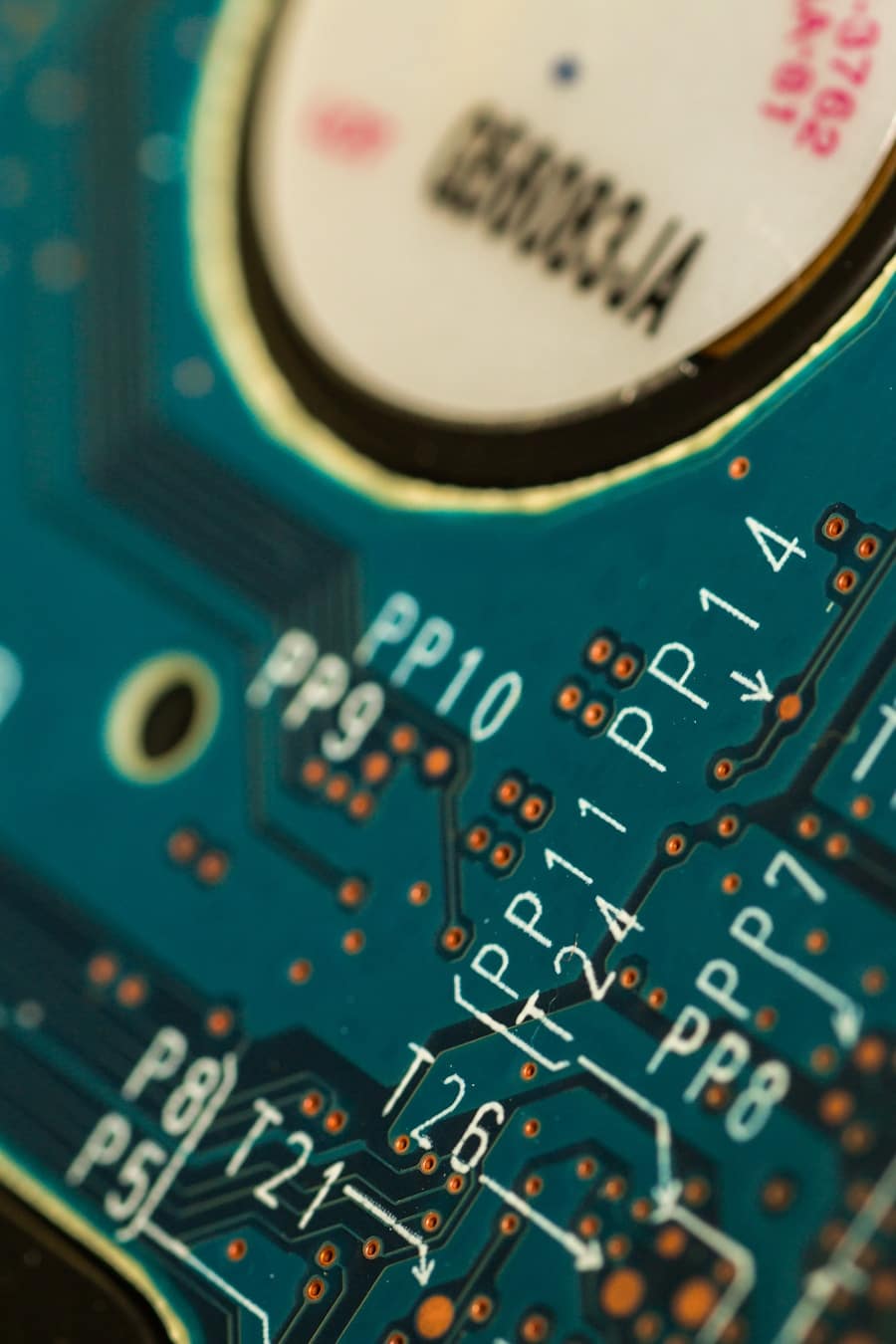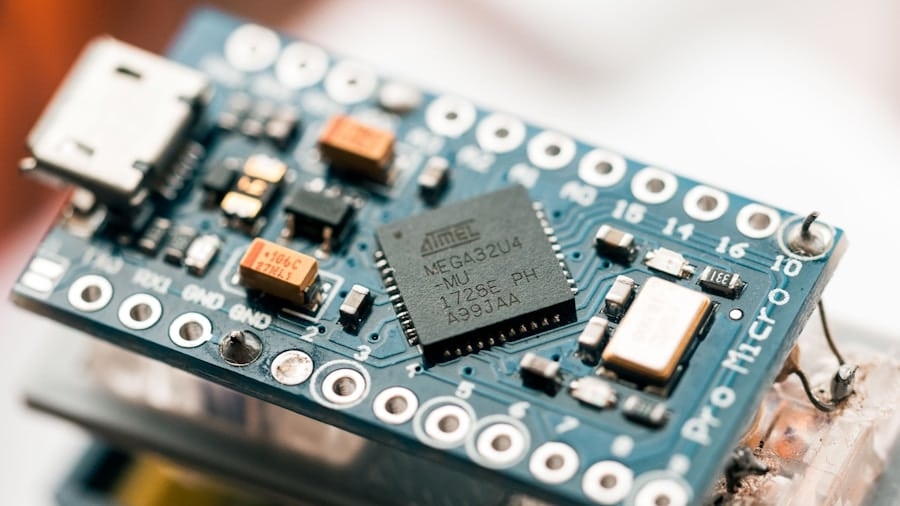Programmable matter represents a revolutionary concept in the realm of materials science and engineering, where physical substances can be programmed to change their properties and behaviors in response to external stimuli. This innovative field combines principles from computer science, robotics, and materials engineering to create materials that can adapt, morph, and self-assemble into various forms. The idea is not merely theoretical; it is grounded in ongoing research and development that seeks to harness the capabilities of nanotechnology, smart materials, and artificial intelligence.
By enabling materials to be reconfigured at will, programmable matter opens up a plethora of possibilities across various industries, including product design, architecture, and even medicine. The essence of programmable matter lies in its ability to manipulate the physical characteristics of materials at a granular level. This manipulation can occur through various mechanisms, such as electrical signals, chemical reactions, or mechanical forces.
For instance, researchers have developed materials that can change their shape or stiffness when exposed to specific temperatures or electrical currents. Such capabilities challenge traditional notions of static materials and pave the way for dynamic products that can evolve based on user needs or environmental conditions. As we delve deeper into the implications of programmable matter, it becomes evident that its integration into product design could redefine how we conceive, create, and interact with everyday objects.
Key Takeaways
- Programmable matter refers to materials that can change their physical properties, such as shape, density, or color, in a programmable fashion.
- Programmable matter has the potential to revolutionize product design by enabling dynamic and adaptable products that can respond to user needs and preferences.
- Advantages of programmable matter in product design include increased flexibility, customization, and sustainability, while limitations include cost and complexity of implementation.
- Examples of programmable matter in product design include self-assembling furniture, shape-shifting clothing, and color-changing accessories.
- Programmable matter plays a key role in customization and personalization, allowing products to be tailored to individual preferences and needs.
The Impact of Programmable Matter on Product Design
Adaptable Products
This adaptability enables a more responsive design approach, where products can change their form or function based on user interaction or environmental conditions.
Moreover, programmable matter facilitates the creation of products that can self-repair or self-assemble.
Sustainability and Longevity
Imagine a smartphone case that can automatically mend itself after being dropped or a building material that can reconfigure itself in response to structural stress. This capability not only enhances the longevity of products but also reduces waste by minimizing the need for replacements. The implications for sustainability are profound; by designing products that can adapt and endure, manufacturers can significantly decrease their environmental footprint while meeting consumer demands for durability and functionality.
A New Era of Product Design
The integration of programmable matter into product design heralds a transformative shift in how products are conceived and manufactured. With programmable matter, designers can create products that are not only functional but also adaptable, responsive, and sustainable. This new era of product design has the potential to revolutionize the way we live, work, and interact with the world around us.
Advantages and Limitations of Programmable Matter in Product Design

The advantages of incorporating programmable matter into product design are manifold. One of the most significant benefits is the potential for enhanced functionality. Products can be designed to perform multiple roles or adapt to various contexts, thereby increasing their utility.
For instance, clothing made from programmable materials could change its insulation properties based on temperature fluctuations, providing comfort without the need for multiple layers. This versatility not only enriches user experience but also encourages consumers to invest in fewer items that serve multiple purposes. However, the implementation of programmable matter is not without its challenges.
One notable limitation is the complexity involved in designing and manufacturing such materials. The processes required to create programmable matter often involve advanced technologies that may not be readily accessible to all manufacturers. Additionally, there are concerns regarding the reliability and predictability of these materials.
As they are designed to change properties dynamically, ensuring consistent performance across various conditions can be a daunting task. Furthermore, the cost associated with developing and producing programmable materials may deter some companies from adopting this innovative approach.
Examples of Programmable Matter in Product Design
Several pioneering examples illustrate the potential of programmable matter in product design across various sectors. In the realm of fashion, designers have begun experimenting with textiles embedded with shape-memory alloys or polymers that respond to heat or electrical stimuli.
Such innovations not only enhance comfort but also allow for greater expression of individuality through clothing. In the field of architecture, researchers have developed building materials that can adapt to environmental changes. For example, a prototype wall system made from programmable matter can alter its thermal properties based on external temperatures, thereby optimizing energy efficiency within buildings.
This adaptability not only contributes to sustainability efforts but also enhances occupant comfort by maintaining stable indoor climates without relying heavily on HVAC systems. These examples underscore the versatility of programmable matter and its capacity to redefine traditional product categories.
The Role of Programmable Matter in Customization and Personalization
Programmable matter holds immense potential for customization and personalization in product design. In an era where consumers increasingly seek unique products tailored to their individual preferences, programmable materials offer a solution that traditional manufacturing methods cannot match. For instance, consider a smartwatch with a band made from programmable matter that can change color or texture based on the wearer’s mood or outfit.
Such personalization not only enhances user engagement but also fosters a deeper emotional connection between consumers and their products. Moreover, the ability to customize products on demand could revolutionize retail experiences. Imagine a scenario where customers can design their own shoes using an interactive interface that allows them to select colors, patterns, and even material properties—all made possible through programmable matter.
This level of personalization not only empowers consumers but also reduces inventory costs for retailers by minimizing the need for mass-produced items. As technology continues to advance, the intersection of programmable matter and consumer preferences will likely lead to an era where products are as unique as the individuals who use them.
The Future of Programmable Matter in Product Design

Advancements in Materials and Applications
As research progresses and technology evolves, we can anticipate more sophisticated applications that push the boundaries of what is possible with materials. Innovations such as self-assembling structures or materials that can learn from user interactions could become commonplace in various industries.
Healthcare and Beyond
example, in healthcare, programmable matter could lead to smart bandages that adapt their healing properties based on the patient’s condition or environmental factors. Furthermore, advancements in artificial intelligence and machine learning will likely play a crucial role in optimizing the functionality of programmable materials.
Towards Unprecedented Customization and Efficiency
By integrating AI algorithms with programmable matter, products could become increasingly intuitive, learning from user behavior and adapting accordingly. This synergy between AI and programmable materials could lead to unprecedented levels of customization and efficiency in product design, ultimately reshaping consumer experiences across multiple sectors.
Ethical and Environmental Considerations of Programmable Matter in Product Design
As with any emerging technology, the integration of programmable matter into product design raises important ethical and environmental considerations. One primary concern revolves around the lifecycle of these materials. While programmable matter has the potential to reduce waste through adaptability and longevity, it is essential to consider how these materials are produced and disposed of at the end of their life cycle.
The environmental impact of manufacturing processes must be carefully evaluated to ensure that they do not negate the sustainability benefits offered by programmable designs. Additionally, ethical implications arise regarding consumer privacy and data security as products become more interconnected and responsive through programmability. With smart products capable of collecting data about user preferences and behaviors, there is a pressing need for transparent policies governing data usage and protection.
Manufacturers must prioritize ethical practices in their design processes to foster trust among consumers while navigating the complexities introduced by advanced technologies.
The Potential of Programmable Matter in Shaping the Future of Product Design
The potential of programmable matter in shaping the future of product design is vast and multifaceted. As we explore its capabilities—from enhancing functionality and customization to addressing sustainability challenges—it’s clear that this innovative approach could redefine our relationship with everyday objects. While there are hurdles to overcome regarding complexity, cost, and ethical considerations, ongoing research and development will likely pave the way for broader adoption across industries.
As we stand on the brink of this new frontier in material science, it is essential for designers, manufacturers, and consumers alike to engage thoughtfully with these advancements. By embracing the possibilities offered by programmable matter while remaining vigilant about its implications, we can collectively shape a future where products are not only more functional but also more attuned to our individual needs and environmental responsibilities. The journey toward realizing the full potential of programmable matter is just beginning, promising an exciting evolution in how we conceive and interact with the world around us.
A related article to “How Programmable Matter Is Shaping the Future of Product Design” is “Best Software for 3D Animation.” This article discusses the various software options available for creating stunning 3D animations, which can be a crucial aspect of product design in today’s digital age. To learn more about the best software for 3D animation, check out the article

